News in Brief
-
 Life
LifeWhy cracking your knuckles can be so noisy
Knuckles crack due to the partial collapse of bubbles in joint fluid, a new study suggests.
-
 Materials Science
Materials ScienceLive heart cells make this material shift color like a chameleon
A new material made of heart cells from rats and hydrogel changes color as the living cells contract and relax.
-
 Neuroscience
NeuroscienceBrain waves of concertgoers sync up at shows
During a live musical performance, audience members’ brain waves get in sync.
-
 Neuroscience
NeuroscienceParents’ presence promotes a child’s pluck
Parents’ presence or absence during a learning exercise determines whether their child is fearful later, or willing to explore.
-
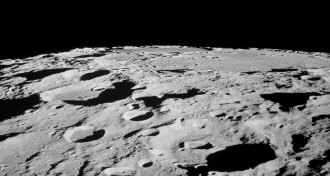 Artificial Intelligence
Artificial IntelligenceAI bests humans at mapping the moon
AI does a more thorough job of counting craters than humans.
-
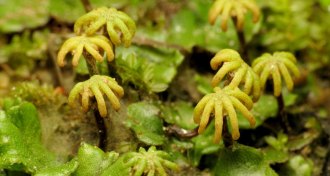 Plants
PlantsLiverwort reproductive organ inspires pipette design
A new pipette is inspired by a plant’s female reproductive structure.
-
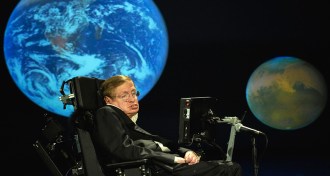 Cosmology
CosmologyRenowned physicist Stephen Hawking dies at 76
Beyond his research contributions, Stephen Hawking popularized black holes and the deep questions of the cosmos.
-
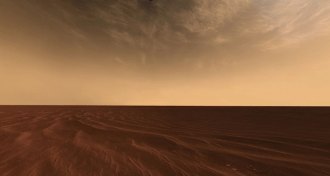 Planetary Science
Planetary ScienceCosmic dust may create Mars’ wispy clouds
Magnesium left by passing comets seeds the clouds of Mars, a new study suggests.
-
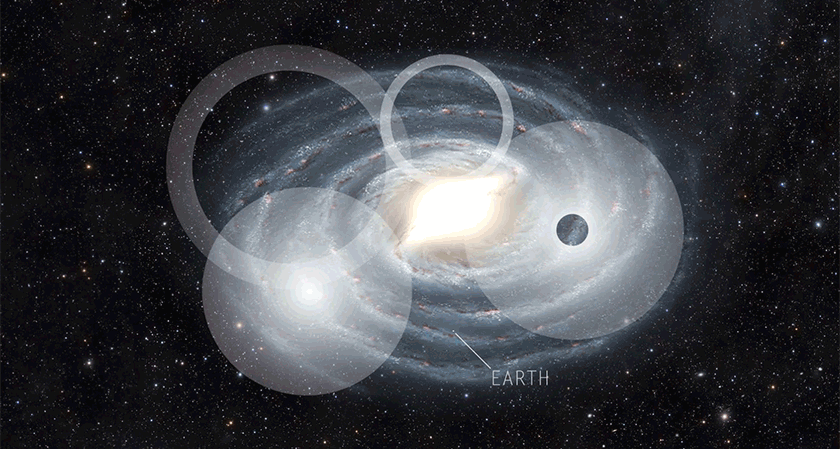 Astronomy
AstronomyWe probably won’t hear from aliens. But by the time we do, they’ll be dead.
Astronomers build on the Drake Equation to probe the chance that humans will find existing aliens. The answer: Not likely.
-
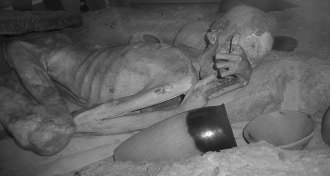 Anthropology
AnthropologyMuseum mummies sport world’s oldest tattoo drawings
A wild bull and symbolic designs were imprinted on the bodies of two Egyptians at least 5,000 years ago.
By Bruce Bower -
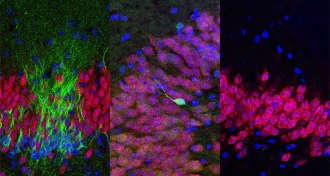 Neuroscience
NeuroscienceThe debate over how long our brains keep making new nerve cells heats up
Adult humans don’t have newborn nerve cells in a memory-related part of the brain, a controversial paper suggests.
-
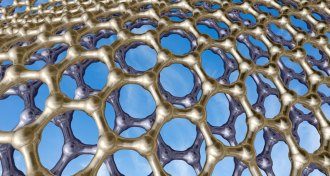 Physics
PhysicsGive double-layer graphene a twist and it superconducts
When graphene layers are twisted to a “magic angle,” the material superconducts.